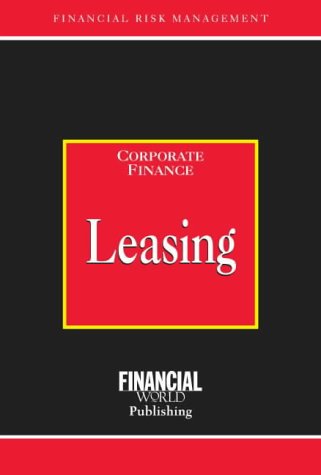Question
The case The financial pathway to green manifests itself as a dichotomous and mutually-exclusive choice between a hybrid car which entails fossil fuel directly and
The case
The financial pathway to green manifests itself as a dichotomous and mutually-exclusive choice between a hybrid car which entails fossil fuel directly and an all-electric car which doesnt. This exercise frames the decision-making process into a typical mutually-exclusive capital budgeting analysis. We choose Toyota Prius as the hybrid and the Nissan Leaf as the all-electric car.
In August 2015, a Toyota Prius lists at $26,985 as its manufacturer suggested retail price. The corresponding retail price for the Nissan Leaf lists at $29,010.
The Prius has a city-highway combined efficiency of 50 miles per gallon. For the base-case analysis, lets assume a gas price at $3.00 per gallon. This will result in a mileage efficiency of 6 /mile.
The Leaf has an efficiency of 5.4 miles/kWh.[1] For base-case analysis, lets assume electricity supply at a price of 12 /kWh. This will result in a mileage efficiency of 2.2222 /mile.[2]
For simplicity of analysis, lets assume the a driver who needs to drive 12,000 miles a year or 1,000 miles a month for work, school, and other transportation needs. Lets further assume the driver faces an auto loans interest rate of 3% per year or .25% per month.
To do: We first perform a base-case analysis using the data provided or assumed so far.
Q1: Calculate the monthly cash flows for purchasing and operating the Prius for 10 years. (10%)
Q2: Calculate the monthly cash flows for purchasing and operating the Leaf for 10 years. (10%)
Q3: From the monthly cash flows in the previous two questions, derive the incremental cash flows of purchasing the more expensive Leaf over the less-expensive Prius for 10 years. (10%)
Q4: From the incremental cash flows established in Q3 above, find the following capital-budgeting measures.
i. undiscounted payback in years; (5%)
ii. discounted payback in years; (5%)
iii. net present value, NPV, in $; (10%)
iv. internal rate of return, IRR, in % (10%)
v. profitability index (practitioners version) (10%)
vi. modified internal rate of return, MIRR, in %. Use reinvestment rate of 1% per annum or .08333% per month. (10%)
[1] We obtain the 5.4 miles per kWh statistic from http://insideevs.com/long-term-nissan-leaf-mileageusage-review-once-around-the-sun/.
[1] The 2.2222 cents per mile number is consistent with Sharon Terleps article in The Wall Street Journal, August 12, 2009, where she reported the Chevrolet Volts lithium-ion battery pack can deliver a range of 40 miles before it needs recharging at 88 cents per charge. The Leaf has a range of 84 miles per full charge. We did not choose the Volt because the Volt is not an all-electric car with its fossil-fuel internal combustion engine backup propulsion.
Please put in excel form
Step by Step Solution
There are 3 Steps involved in it
Step: 1

Get Instant Access to Expert-Tailored Solutions
See step-by-step solutions with expert insights and AI powered tools for academic success
Step: 2

Step: 3

Ace Your Homework with AI
Get the answers you need in no time with our AI-driven, step-by-step assistance
Get Started


